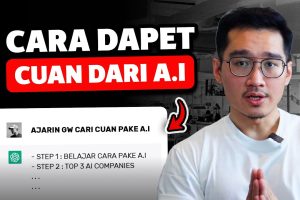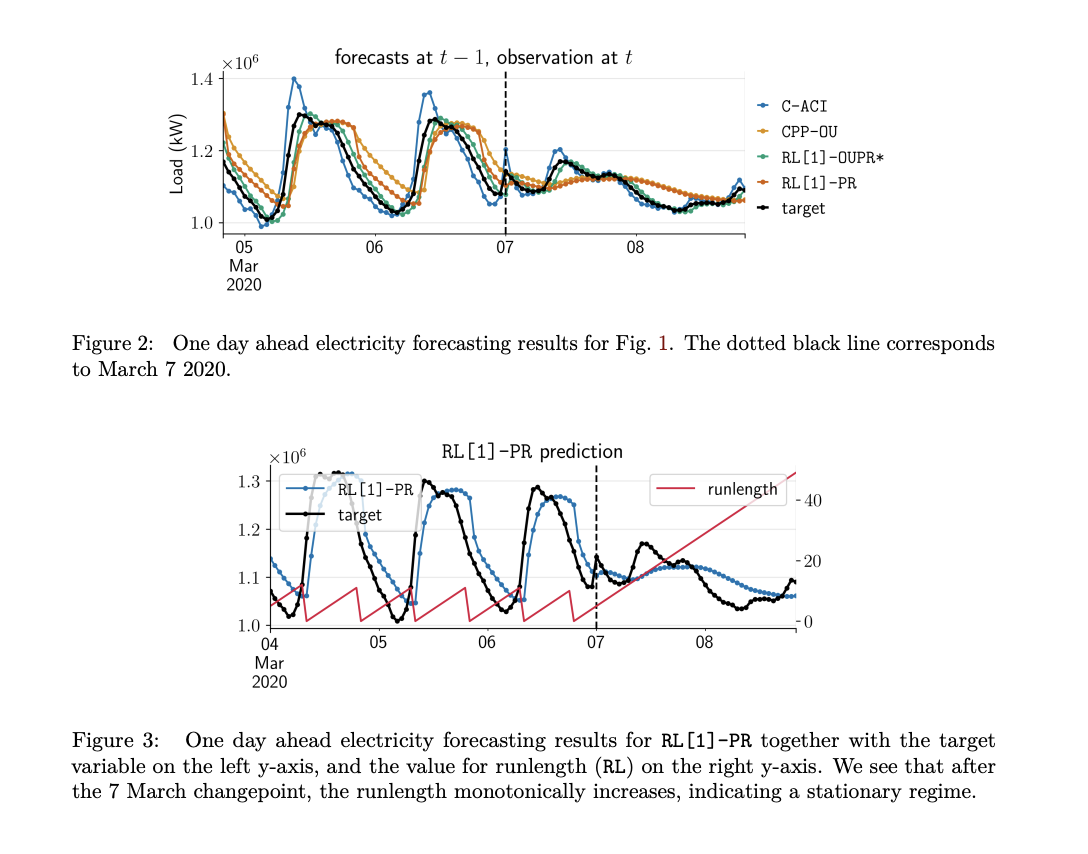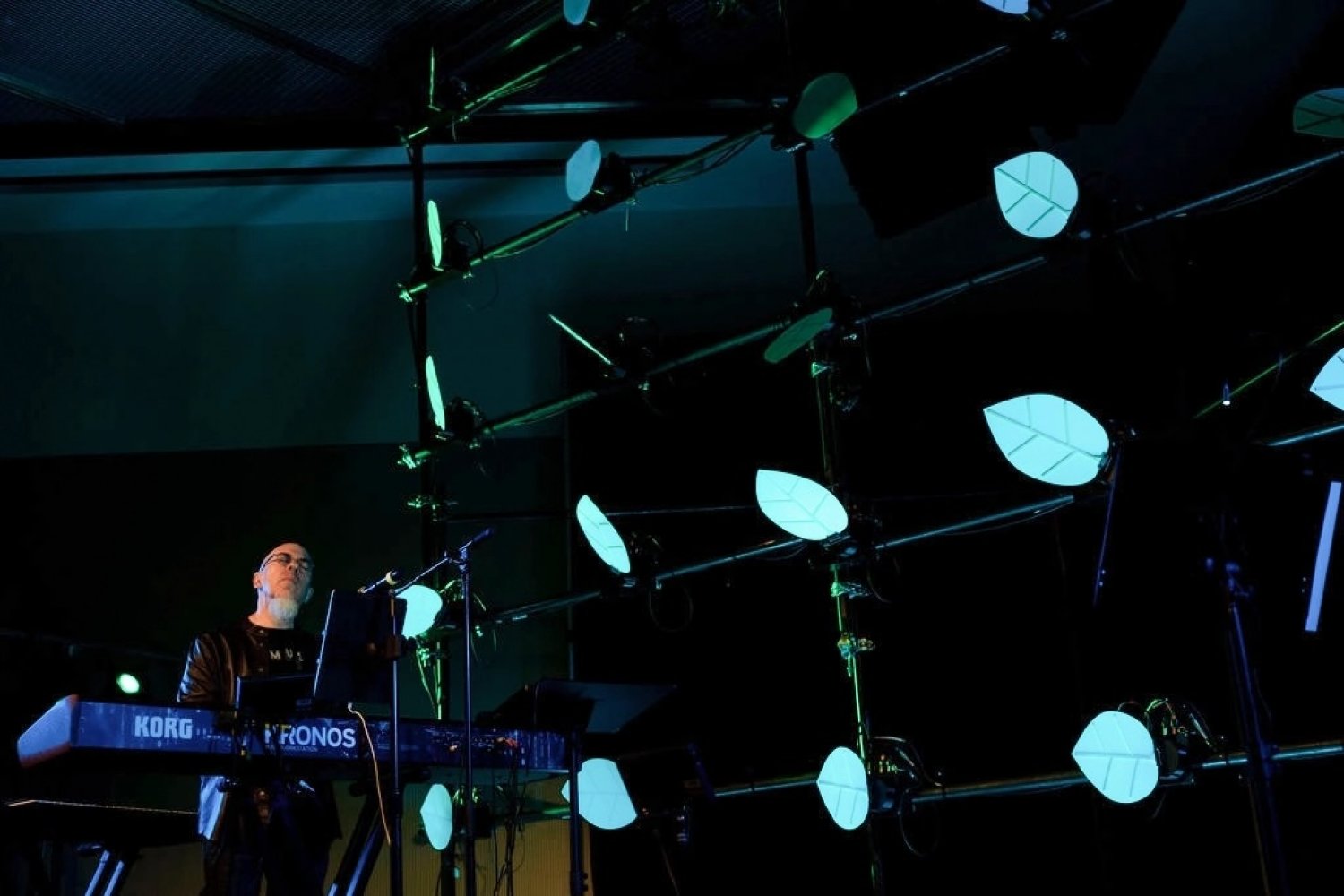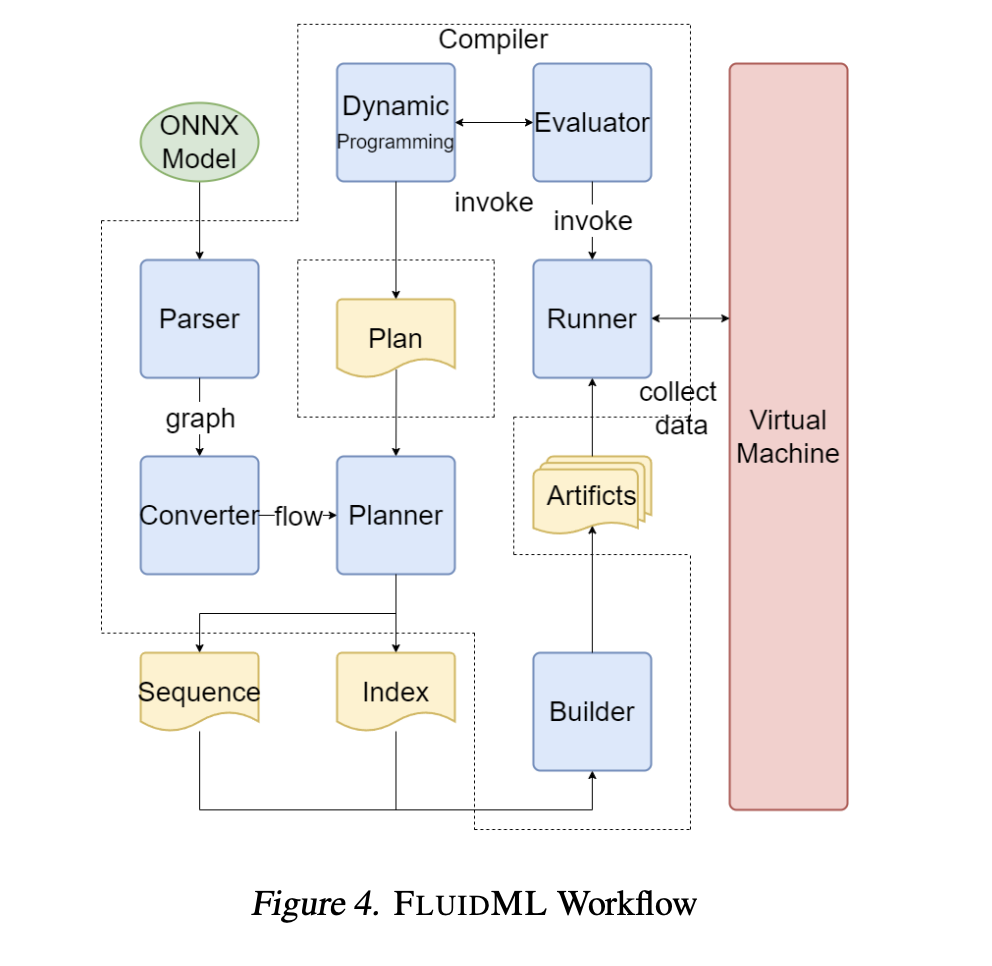In this paper, researchers from Queen Mary University of London, UK, University of Oxford, UK, Memorial University of Newfoundland, Canada, and Google DeepMind Moutain View, CA, USA proposed a unifying framework, BONE (Bayesian Online learning in Non-stationary Environments) for Bayesian online learning in dynamic settings. BONE addresses challenges such as online continual learning, prequential forecasting, and contextual bandits. It requires three modeling components: a model for measurements, an auxiliary process to model non-stationarity and a conditional prior over model parameters. Moreover, two algorithms are also developed to estimate beliefs about model parameters and auxiliary variables, framing existing methods as instances of BONE and facilitating new method development.
The developed algorithms for estimating Gaussian posterior densities are essential for the BONE framework, focusing on practical Bayesian approximation methods including Conjugate updates (Cj), Linear-Gaussian approximation (LG), and Variational Bayes (VB). The Cj utilizes matching functional forms of priors and measurement models for analytically tractable recursive updates. LG methods extend this by approximating measurement models with linear Gaussians, whereas Variational Bayes (VB) minimizes the (Kullback-LeiblerKL) divergence to approximate posteriors using computationally efficient parametric families. Alternative methods, such as sequential Monte Carlo (SMC) and ensemble Kalman filters (EnKF), offer flexibility for non-linear or high-dimensional scenarios, enhancing posterior accuracy.
The weighting function for the auxiliary variable in the BONE framework is classified into discrete auxiliary variables (DA) and continuous auxiliary variables (CA). For DA, the variable assumes discrete values with weights computed using a fixed number of hypotheses or an increasing number. Low-memory variants restrict computations to a subset of a space with cardinality where each element is called a hypothesis. Alternative ad-hoc rules, such as mixtures of experts, provide simpler weighting without exact Bayesian solutions. Another special case, used by the researchers is the Discrete auxiliary variable with greedy hypothesis selection where they used a single hypothesis. For CA, computational complexity necessitates approximations for certain transition densities.
Researchers conducted experimental evaluations of the developed algorithms within the BONE framework across various tasks, with a warmup period for hyperparameter selection followed by a deployment phase for sequential predictions and updates. Each experiment fixes the measurement model and posterior inference method while comparing different choices for auxiliary variables, priors, and weighting. Moreover, Diverse methods are tested, with the number of hypotheses in data-assimilation (DA) methods explicitly noted (e.g., RL[1]-PR for one hypothesis, RL[K]-PR for K hypotheses, RL[inf]-PR for all).
The performance of algorithms C-ACI, CPP-OU, RL[1]-PR, and RL[1]-OUPR* is evaluated on a 10-armed Bernoulli bandit task over 10,000 steps across 100 simulations. Each arm’s payoff follows a Bernoulli distribution with a dynamic probability, modeled with additive noise and bounded within [0, 1]. Results show RL[1]-OUPR* achieving the lowest RMSE, indicating superior accuracy. Error analysis highlights RL[1]-PR’s false positives in changepoints causing prediction breaks, and RL-MMPR’s slower adaptation for certain ranges. Further, RL[1]-OUPR* balances rapid adaptation and stability in an effective way.
In conclusion, researchers introduced BONE, which stands for Bayesian Online learning in Non-stationary Environments. This framework integrates Bayesian methods for online predictions in non-stationary environments, covering numerous existing approaches. It also requires two algorithmic choices, which are:
- An algorithm to estimate beliefs (posterior distribution) about the model parameters based on the given auxiliary variable.
- An algorithm to estimate beliefs about the auxiliary variable.
The framework also facilitates the development of RL[1]-OUPR*, a novel approach designed to handle abrupt and gradual changes in observations. This paper highlights the BONE’s flexibility and potential for innovation in addressing complex prediction challenges. Future exploration aims to develop new variants and expand its applications, underscoring the framework’s broader utility in dynamic, real-world scenarios.
Check out the paper. All credit for this research goes to the researchers of this project. Also, don’t forget to follow us on Twitter and join our Telegram Channel and LinkedIn Group. If you like our work, you will love our newsletter.. Don’t Forget to join our 55k+ ML SubReddit.
[FREE AI VIRTUAL CONFERENCE] SmallCon: Free Virtual GenAI Conference ft. Meta, Mistral, Salesforce, Harvey AI & more. Join us on Dec 11th for this free virtual event to learn what it takes to build big with small models from AI trailblazers like Meta, Mistral AI, Salesforce, Harvey AI, Upstage, Nubank, Nvidia, Hugging Face, and more.
Sajjad Ansari is a final year undergraduate from IIT Kharagpur. As a Tech enthusiast, he delves into the practical applications of AI with a focus on understanding the impact of AI technologies and their real-world implications. He aims to articulate complex AI concepts in a clear and accessible manner.












